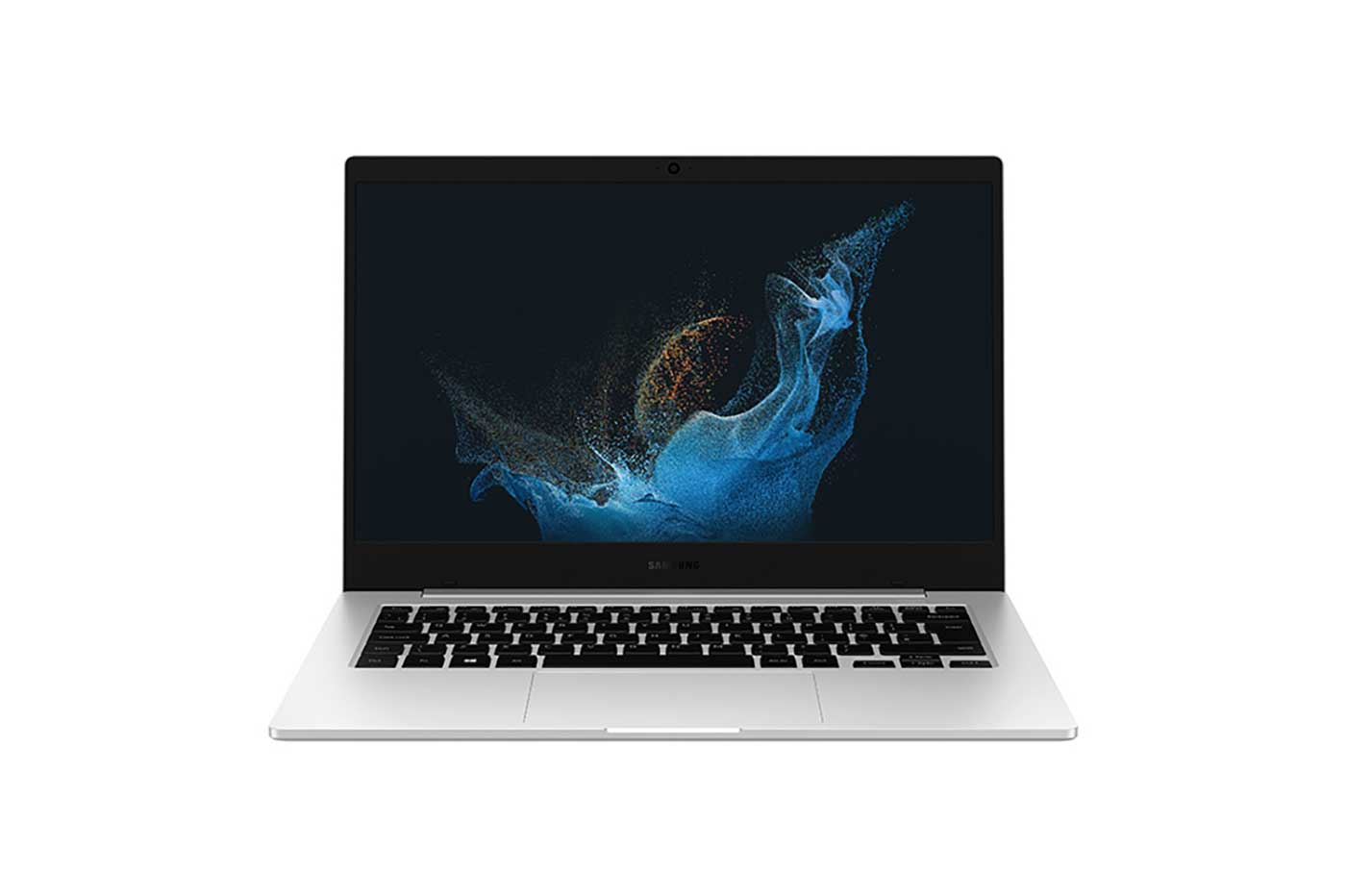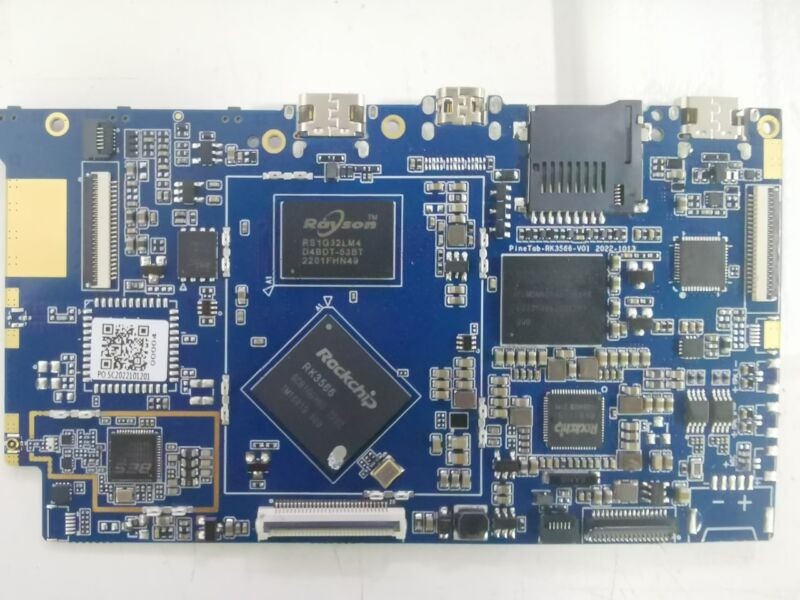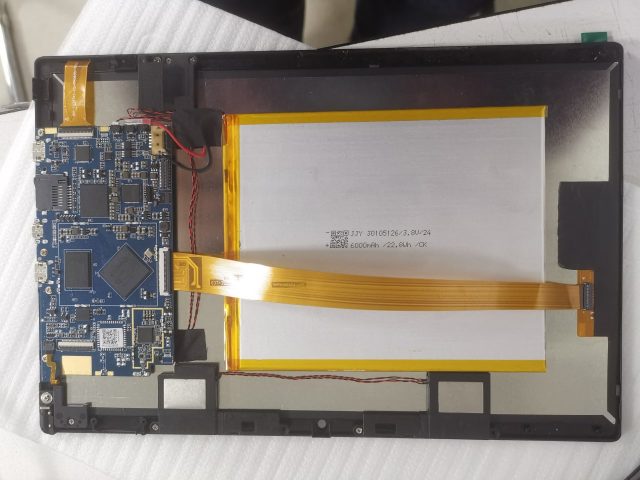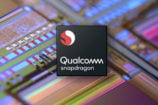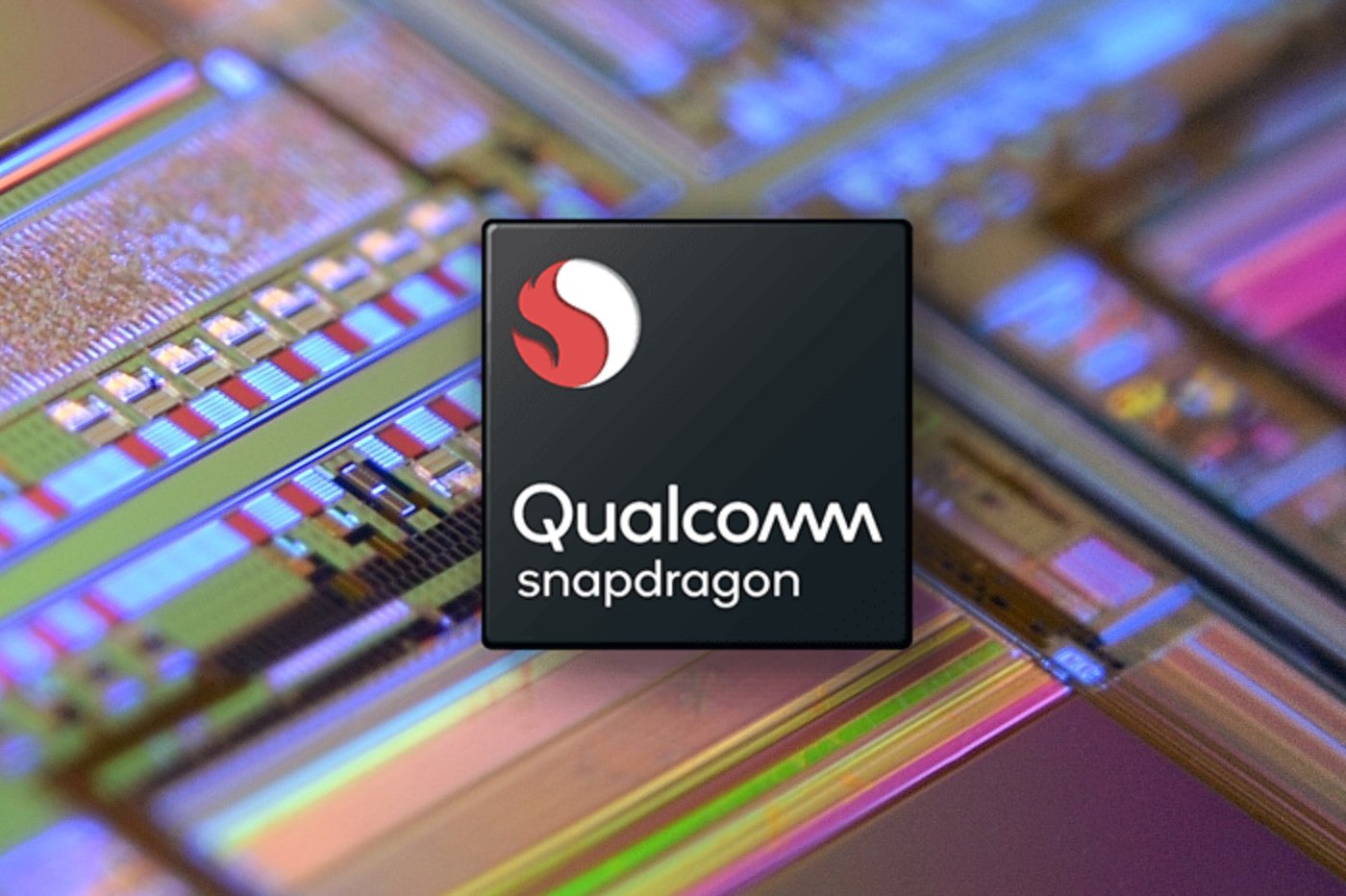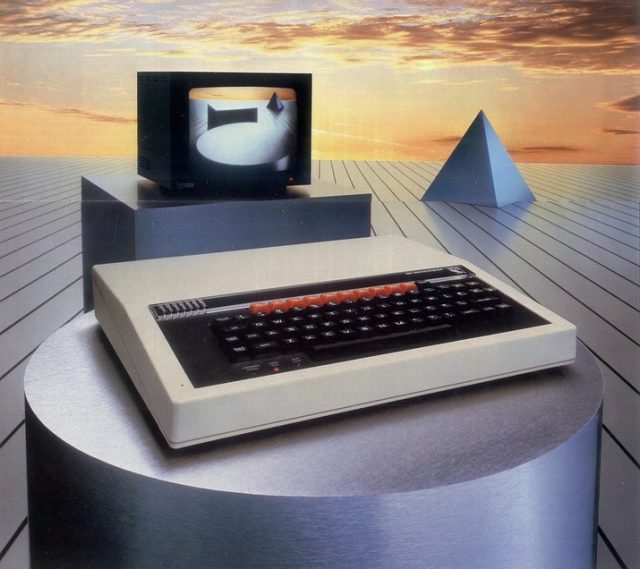-
 chevron_right
chevron_right
A history of ARM, part 3: Coming full circle
news.movim.eu / ArsTechnica · Tuesday, 17 January, 2023 - 12:30

Enlarge (credit: Jeremy Reimer/Waldemar Brandt/NASA)
The story so far: As the 20th century came to a close, ARM was on the precipice of massive change. Under its first CEO, Robin Saxby, the company had grown from 12 engineers in a barn to hundreds of employees and was the preferred choice in RISC chips for the rapidly expanding mobile market. But the mobile and computer worlds were starting to merge, and the titans of the latter industry were not planning to surrender to the upstarts of the former. (This is the final article in a three-part series. Read part 1 and part 2 .)
It started, as did many things in the ARM story, with Apple.
Steve Jobs had returned, triumphantly, to the company he had co-founded. The release of the colorful gumdrop iMacs in 1998, an agreement with Microsoft, and the sale of Apple’s ARM stock had brought the company from near-bankruptcy to a solid financial footing. But Apple’s “iCEO” was still searching for the next big thing.



